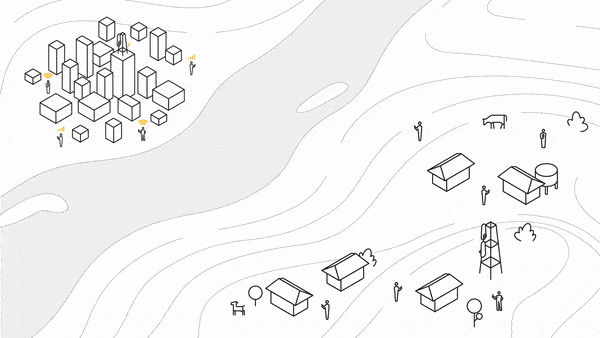Credit: Project Taara
A team of researchers at Alphabet's research and development company, X, working on what has been named Project Taara, has successfully set up a laser-based system for beaming the internet across the Congo River at speeds up to 20 Gbps. The group has described the project on the X blog page as taking a step toward bringing fiber-like internet speeds to underserved communities around the world.
Back in 2011, Loon LLC, a subsidiary of Alphabet Inc., launched Project Loon. Its goal was to provide internet access to underserved communities using laser-based technology installed on high-altitude balloons. While the technology proved feasible, its costs were not. The project was canceled in January. But the technology that was developed for the project has led to Project Taara. It has the same goal as Project Loon but relies on ground-based towers rather than giant balloons.
Using lasers to send internet traffic through the air has always suffered from one simple problem—keeping the laser beam fixed on its target. While sending a laser signal to a receiver a few meters away is easy, doing the same with a receiver kilometer away is another matter. The tiniest of movements experienced by the laser equipment can result in changes in direction over long distances. To overcome that problem, the team on Project Loon created a sensory feedback system that constantly monitors the placement of the beam and then makes corrections to mirrors mounted on the receiving equipment to keep the beam fixed on the receiver. The team also overcame temporary interruptions such as birds flying through the beam using error-correcting software.
To test their new system, the researchers installed equipment on both sides of the Congo River to connect Brazzaville, Republic of the Congo, to Kinshasa, Democratic Republic of Congo. Connecting the two sites using traditional means would have meant sending cables 400 kilometers around the river. With a direct connection, the distance was just 4.8 kilometers. Testing showed the system is capable of sending 700 TB of data in 20 days, with 99.9% reliability.
© 2021 Science X Network






















